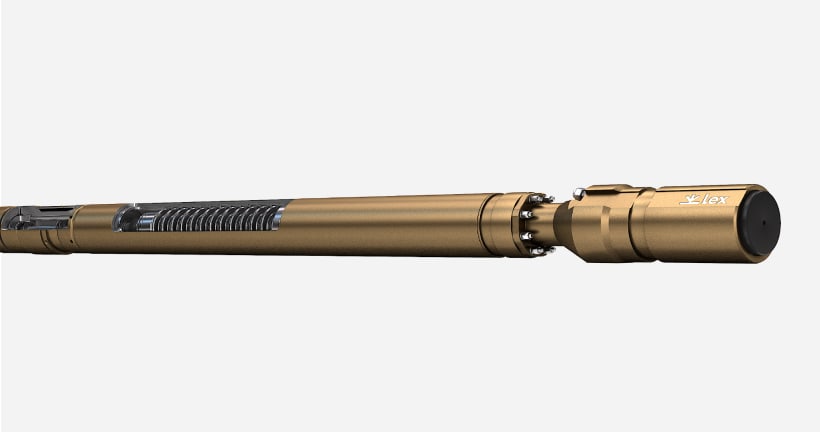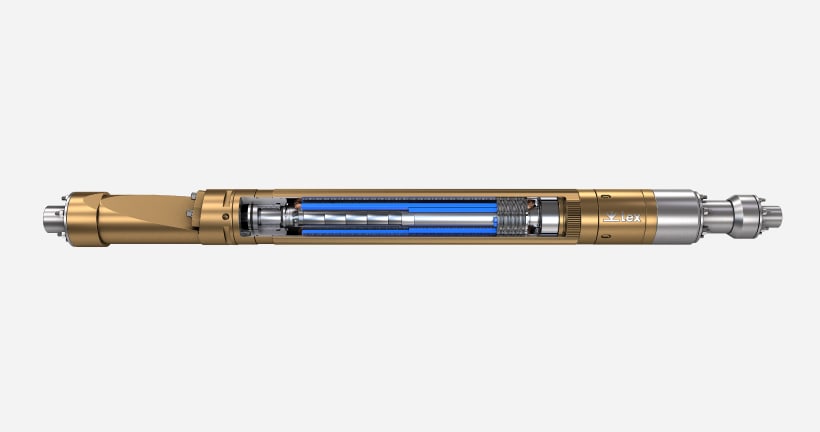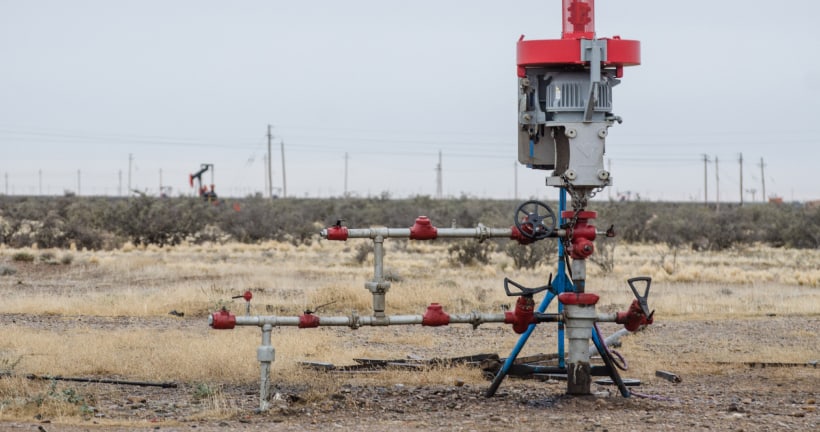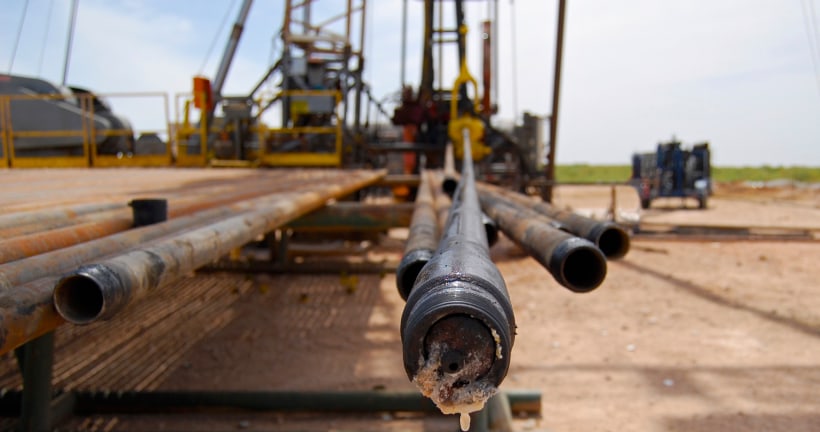Results

- Operating point of the UHS ESPTM was shifted to BEP;
- SPC was reduced by 3.3 times (from 39.1 kW*h/m3/day to 11.78 kW*h/m3/day);
- MTBF was increased to 676 days. Dismantling has been carried out due to inflow absence;
- Lex UHS ESPTM provided the adaptation to unstable inflow replaced 3 units of standard ESPs;
- The compact (total length is 4 times shorter) and Plug&Play design reduced on-site installation time to 1 hour;
- Total cost of ownership has been reduced by 50%.
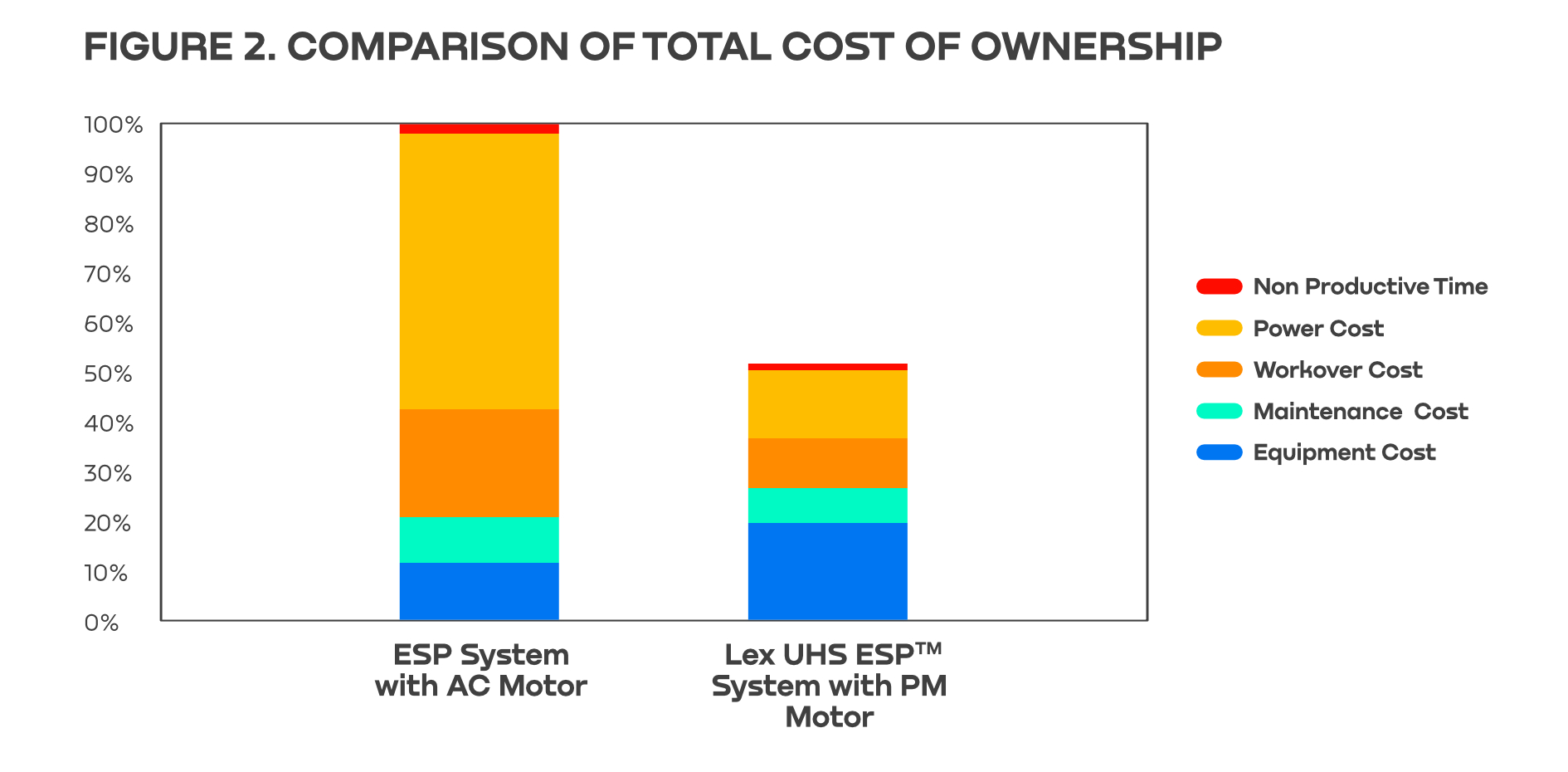
Client has been developing the onshore oilfield in the Republic of Congo (Central Africa) since 2007. The reservoir is located at 6,880 ft TVD (2,097 m TVD). Downhole temperature is 216 °F (100 °C). The operated well is completed with 7″ (177,8 mm) API Casing.
The complicating factors:
- Narrow operating range of existing ESPs on unstable inflow;
- Gas content at pump intake is above 79%;
- Sand content is above 1,500 ppm (1,500 mg/l);
- High DLS.
The previous standard ESP’s MTBF was 246 days and did not provide the required fluid production. For this reason, Client reached out to us to optimize their well operation by:
1) reducing power consumption from huge 39.1 kW*h/m3/day;
2) steadying production rate;
3) increasing the run-life of equipment.
Following a detailed analysis, we proposed installing UHS-600 system designed for an NP flow range of from 280 to 720 bblpd with 500 bblpd at BEP (from 45 to 115 m3/d with 80 m3/d at BEP).
In February 2019 Lex team arrived Congo to perform a pre-installation check, train the local engineering team and conduct an installation of the UHS ESPTM.
To mitigate the extreme weather conditions experienced in the Congo, we developed special design of the surface equipment to maintain the temperature of the VSD internal electronics This solved the issue of failure due to overheating.
Installation of the UHS ESPTM took an hour, which is around eight times faster than previous installations at this well. This is possible because the UHS ESPTM system is fully assembled and tested at the manufacturing facility, before being delivered direct to the field. At this point only MLE connection and protectolizers positioning are required.
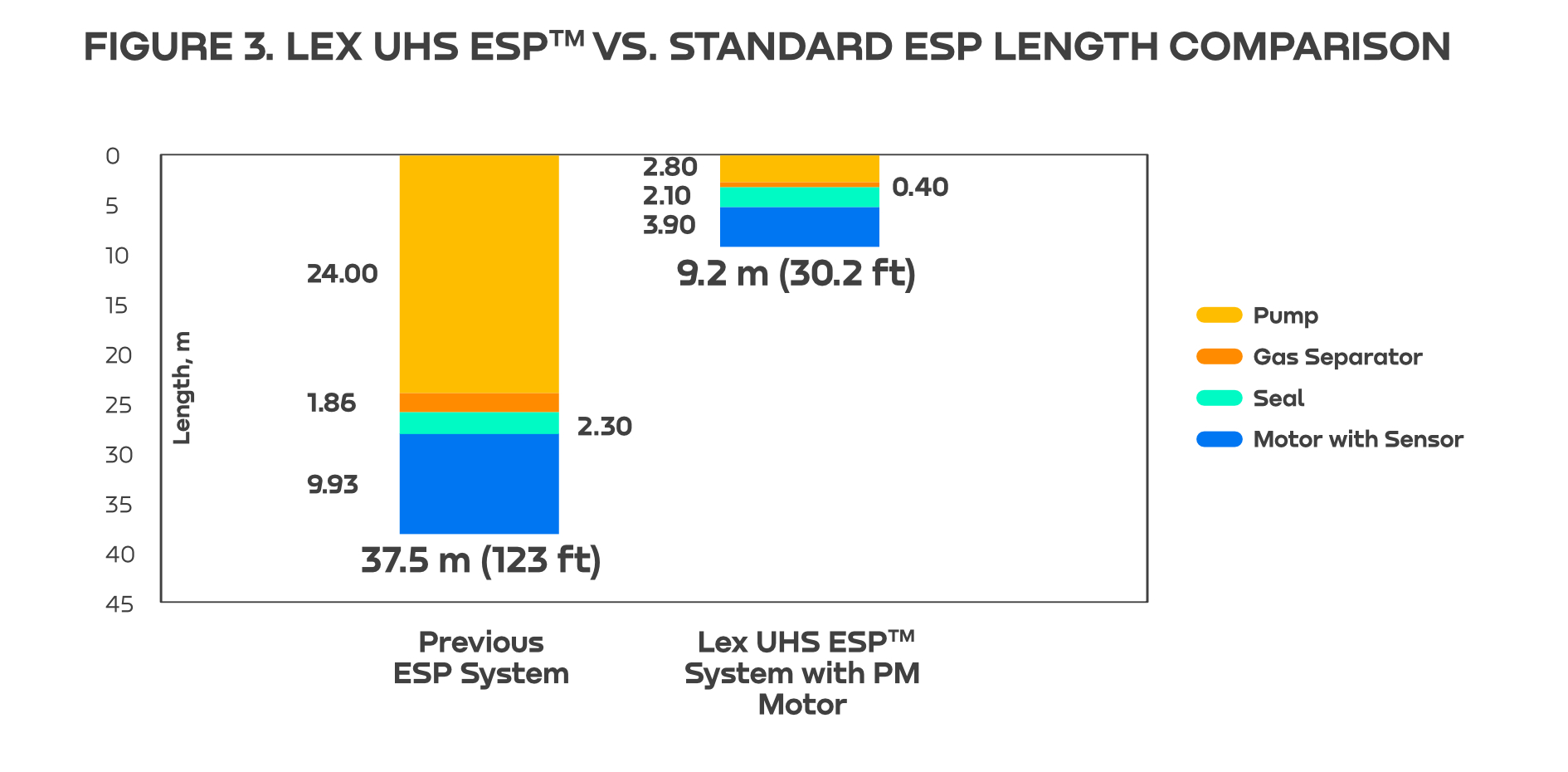
The results obtained so far have already proven the high potential of Lex UHS ESPTM to optimize production and provide operational benefits in even the most challenging environments.

